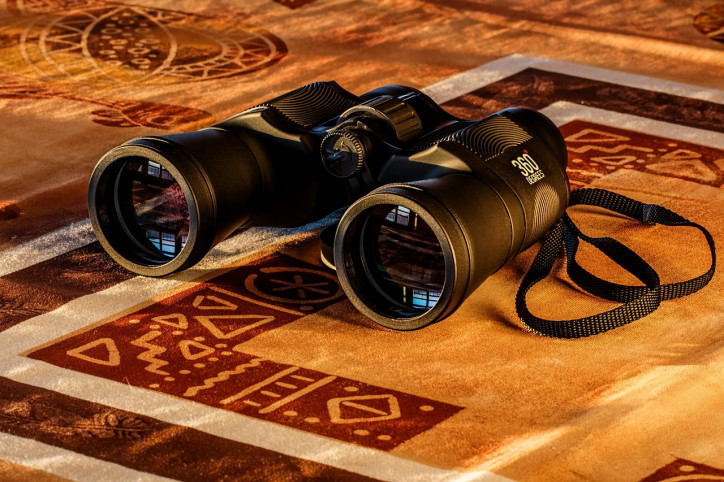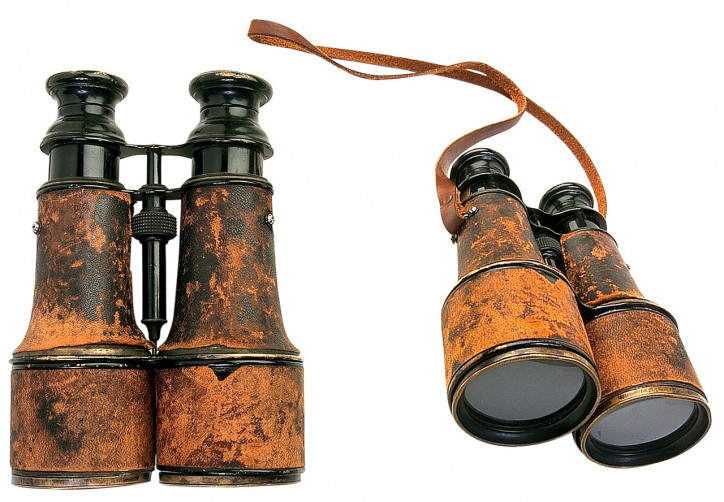Anyone who goes boating or on a cruise, or needs binoculars for everyday work in a marine environment should know that this type of gear must have certain characteristics. There are specific challenges that binoculars must face and, as the user, you need to know that you can count on them to perform as expected. Here are some essential things to learn about binoculars for marine use.

The 7x50 recommendation
Any pair of binoculars has a couple of numbers written next to its name, the first being the magnification and the other the objective diameter. A common temptation is to get as high magnification as possible, but that’s not a good idea for marine binoculars.
The problem with large magnification values is that the image becomes unstable. Seeing how you are on a boat and the waves will make it go up and down, dealing with image shakiness gets difficult. Even sophisticated image stabilization technologies cannot overcome this issue.
That is why experts recommend getting a pair of binoculars with a magnification no larger than 7. As for the objective diameter, 50mm is a good value because you don’t want a pair of binoculars that is too heavy and strains your hands. At the same time, the objective lenses should be large enough to capture light from the environment for a crisp looking picture.
Porro prism or roof prism?
When it comes to optics, you will notice that there is quite a bit of a debate going on regarding whether Porro prism or roof prism binoculars are better. For marine binoculars, the most common choice is Porro prism, as the lenses are widely spaced, which allows better depth of field, as well as field of view.
Both are needed for excellent marine performance, and that is why these classic looking binoculars are just the thing you need when you go boating or on a cruise.

An obvious choice: waterproof binoculars
It should go without saying that the binoculars you intend to use when you’re on a vessel must be waterproof. There can be water splashes, but even just air humidity can increase the possibility for liquids to get inside and damage the lenses.
Again, experts recommend high-quality models that are not only waterproof but fog proof, as well. You will notice that many companies advertise such traits most and foremost in their lineup of marine binoculars.
Your binoculars should accommodate eyeglasses
If you were eyeglasses, which a lot of people do, here’s another aspect to consider. Your pair of binoculars should be able to let you use them without any trouble. The eye relief, therefore, should be long enough, and also your pair of choice should come with collapsible eyecups for the same reason.
Aim for as wide a field of view as possible
When you are on a boat, you need to make sure that you can cover as much space as possible when looking through your binoculars. For that, the value that interests you from the long list of specs any pair has is that representing the field of view.
The vast majority of 7x50 binoculars have a field of view of 7 degrees. That’s convenient, but you should know that there are models that come with an even wider field of view, as well as some with a narrower field of view.
Opt for reputable brands
Don’t cut corners when it comes to quality. Get your binoculars for marine use from Bushnell or other well-known manufacturers, as that way you will know that the quality of optics and overall performance is superior and you won’t need to buy another pair anytime soon.